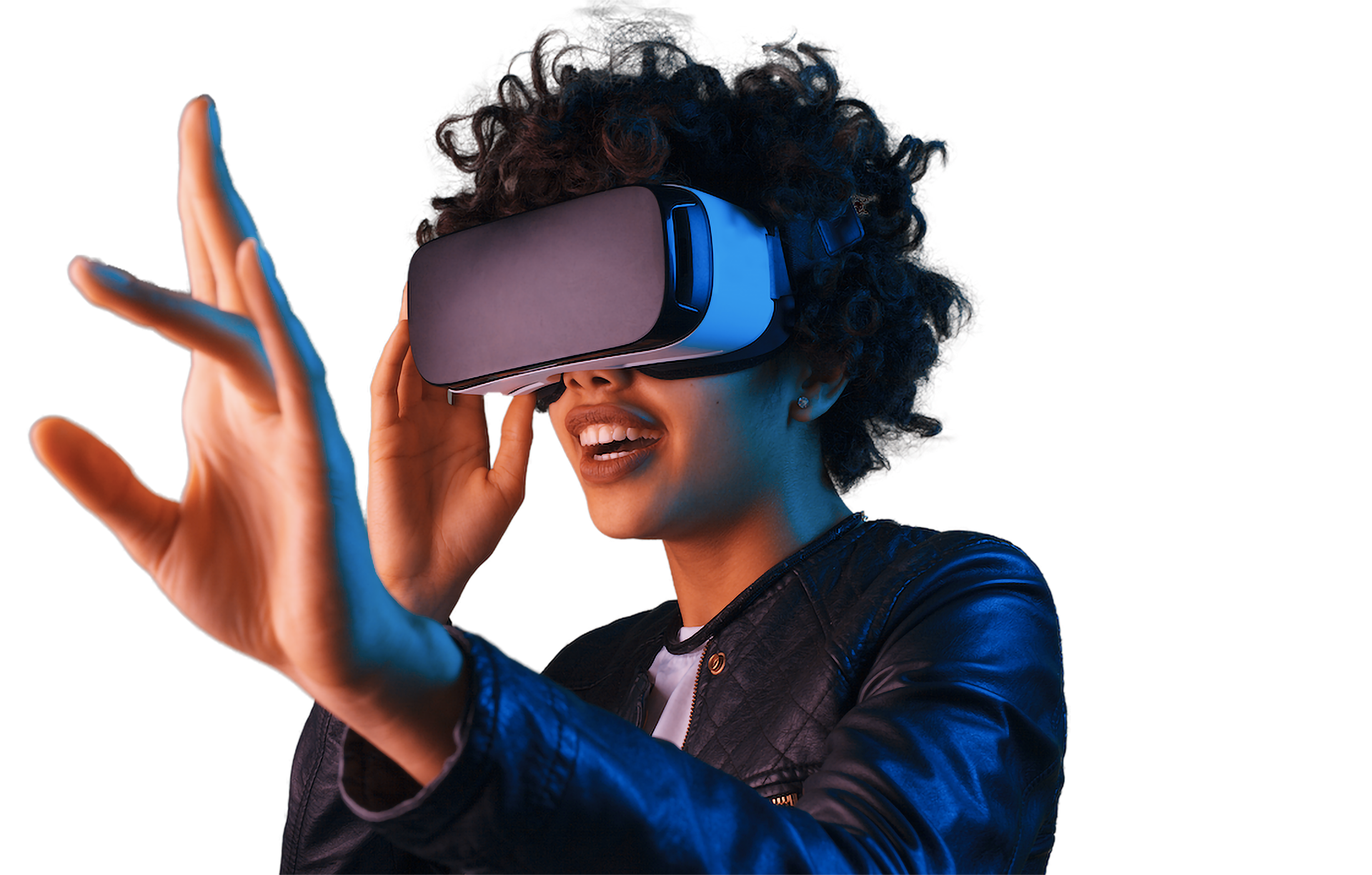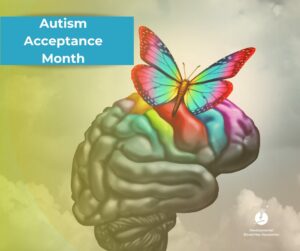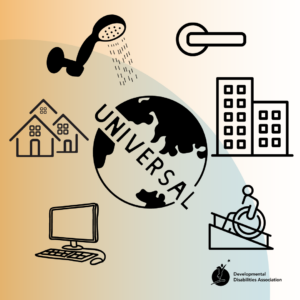How virtual reality can address disability
More than just for gaming or next-generation Zoom calls, VR is presenting new ways to support the disability community
In 1997, a scientific paper titled “Virtual reality, disability and rehabilitation” was published discussing the possible uses of virtual reality technology for people with disabilities. At the time, the technology didn’t exist to create a virtual reality, so the paper was more based around the theoretical applications. It hypothesized that there would be of great therapeutic value for people to “engage in a range of activities in a simulator relatively free from the limitations imposed by their disability,” as well as practice life skills and spatial coordination.
In the decades since, the virtual reality technology has improved drastically, and the proposed applications of the technology have expanded just as much. Most consumers recognize its merits in gaming, virtual communication in the vein of conference calls, and commerce. But just like the authors of that 1997 paper, others are seeing the incredible potential this technology has in helping people with disabilities.
What is perhaps most exciting about all these developments in care is the immense room for growth. We are very much in the early days of VR technology, and where the industry goes is subject to all kinds of speculation. But something we know for sure is that time and resources are being directed towards this technology by some of the most influential companies in the world; most notably, Meta. With 80% of the VR market share, Mark Zuckerberg’s company is currently working on making VR “indistinguishable from reality,” and they’re getting closer every day.
Variety of experience
One emerging use of VR is in providing experiences that would otherwise be impossible, prohibitively difficult, or prohibitively expensive. Danny Kurtzman, who has muscular dystrophy, enjoys surfing, which usually requires the assistance of 12-person teams from non-profit organization Life Rolls On. Through VR, however, Kurtzman was able to not only go surfing on his own, but surfing standing up on the board, an experience which he described as “that awesome feeling — that butterfly happiness feeling. It allowed me to experience something I thought I never could experience.”
Alex Lee, who lost his central vision to a rare genetic disease, was able to see a VR environment in a video game better than he was able to see real life, due to the VR headset filling his field of vision at a very close distance. Similarly, Jamie Soar is extremely near-sighted due to Retinitis Pigmentosa. But when he wore an HTC Vive VR headset, he found that he was able to see clearly for the first time in decades.
Rehabilitation and recovery
A 2016, a Swiss startup company called MindMaze secured a $100 million investment to fund its development of rehabilitation technology utilizing VR. The treatment they’ve begun implementing in the ensuing years involves showing the user movement in a limb that has lost movement or control; this can effectively “trick” the brain into believing that the paralyzed body part is moving, which can accelerate healing and recovery. This treatment has been especially effective for patients recovering from strokes or brain injuries. The simulation of recovered motor control can work wonders in rebuilding damaged synaptic pathways.
Not only that, but a study published in Frontiers in Aging Neuroscience found that VR technology has been effective in treating cognitive impairments in a variety of ways, such as identifying and improving spatial memory impairments. We may see VR come into popularity in the coming years as a way to treat dementia and Alzheimer’s disease.
Practice and repetition
A safe environment to confront difficult situations can be invaluable. As a way to help people with Autism develop confidence in social environments, projects like VOISS (Virtual reality Opportunities to Implement Social Skills) have created virtual environments in which users can experience and practice navigating difficult social situations without fear of consequences. By the same methods and with the addition of cognitive behavioural therapy, therapists are finding success in treating anxiety and phobias.
Building understanding
This is a more abstract way of improving disability care, but an important one. Building collective understanding and empathy is vital in encouraging treatments and accessibility in all aspects of our society. To this end, projects like A Walk Through Dementia are creating immersive experiences for anyone to see what it’s like to live with a disability.



